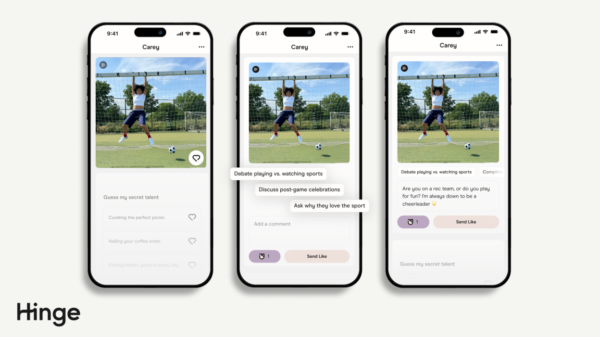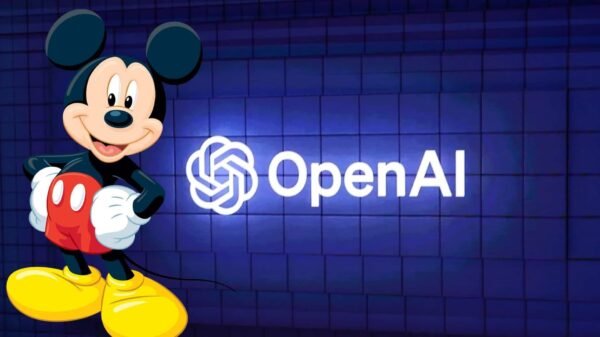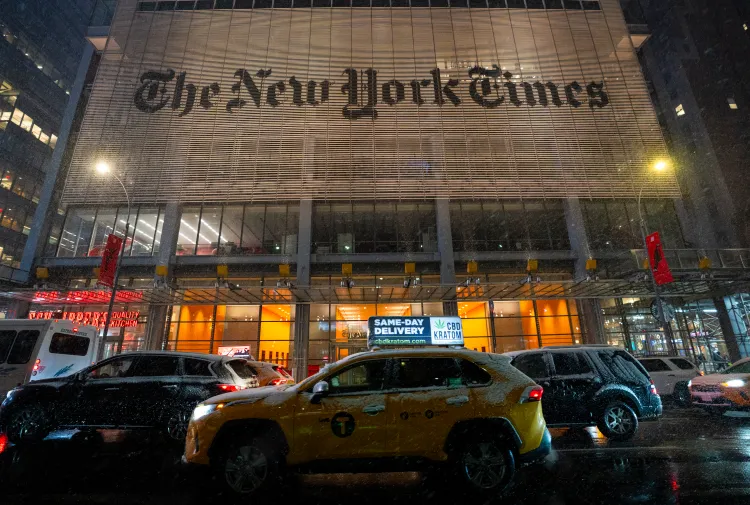The New York Times Embraces AI in Newsroom Operations
Artificial intelligence is transforming industries worldwide, and journalism is no exception. Recognizing the potential of AI to enhance newsroom efficiency, The New York Times has announced the integration of AI-driven tools into its editorial workflow. The objective is clear: to improve content management, editing, and summarization while upholding the highest journalistic standards.
The implementation of AI at The New York Times is designed to be a supportive measure rather than a replacement for human journalists. Reporters and editors will have access to AI tools that assist with tasks such as suggesting edits, summarizing articles, streamlining workflows, and generating search-engine-optimized headlines. However, the publication has made it clear that AI will never be used to replace human-created reporting.
In an internal memo, leadership at The New York Times reaffirmed, “Times journalism will always be reported, written, and edited by our expert journalists.” They emphasized that while AI can assist with productivity, it will not compromise the investigative depth and accuracy of human reporting.
One of the most notable additions is a proprietary AI tool named Echo. This tool will be used for summarizing articles, internal briefings, and major news updates. Alongside Echo, the company has approved select third-party AI applications, including GitHub Copilot for coding assistance and Google’s Vertex AI for product development.
While The New York Times encourages the use of AI in specific areas, it has placed clear limitations on its role. AI is not permitted to draft or substantially modify news articles. It cannot bypass paywalls or use copyrighted material without permission. Additionally, any AI-generated images or videos must be labeled before publication, ensuring transparency in content creation.
This move comes at a time when The New York Times is engaged in a legal dispute with OpenAI and Microsoft. The publication filed a lawsuit in December 2023, alleging that its content had been used to train ChatGPT without proper authorization. This legal battle reflects the broader challenges media organizations face as AI continues to reshape the industry.
Other news outlets are also exploring AI-driven processes, with some experimenting with AI-generated articles. However, The New York Times has opted for a cautious and balanced approach, ensuring that AI serves as an assistive tool rather than a content creator.
The integration of AI into newsroom operations signals an evolution in how journalism is produced. By leveraging AI technology while maintaining strong editorial oversight, The New York Times is setting a precedent for responsible AI adoption in journalism. As the industry continues to adapt to new technological possibilities, this measured approach may provide a model for other publications seeking to blend innovation with journalistic integrity.

















































